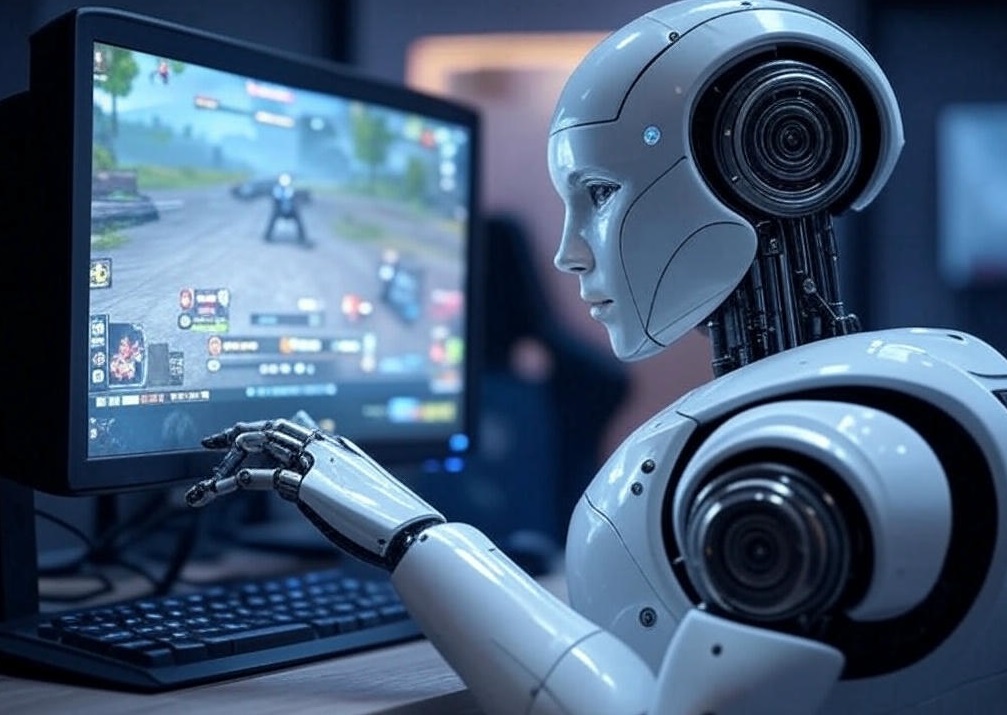
Artificial intelligence (AI) is revolutionizing the way online games and educational platforms are developed, creating more engaging, dynamic, and personalized experiences for players and learners alike. By leveraging machine learning, AI algorithms can adapt to the behavior of users, providing a customized experience that is unique to each individual.
In the gaming industry, AI is being used to improve non-player character (NPC) behavior, making interactions more lifelike and realistic. NPCs can now learn from the player’s actions and adjust their behavior accordingly, creating a more immersive and challenging gaming experience. AI is also being used to create procedurally generated content, such as levels or worlds, which ensures that players are constantly presented with new and unpredictable challenges.
In educational platforms, AI is enabling personalized learning experiences. AI can assess a student’s progress and adapt the difficulty of lessons or exercises to suit their skill level. This allows learners to progress at their own pace, making education more effective and tailored to individual needs. Additionally, AI is being used to create virtual tutors and interactive learning environments that provide instant feedback and support.
AI is also helping to enhance the social aspects of both gaming and education. In online multiplayer games, AI algorithms are used to analyze player interactions and suggest improvements or strategies for success. In education, AI helps facilitate communication between students and instructors, making remote learning more interactive and collaborative.
Overall, AI is playing a central role in transforming the way we play and learn, providing new opportunities for creativity, engagement, and educational advancement.
